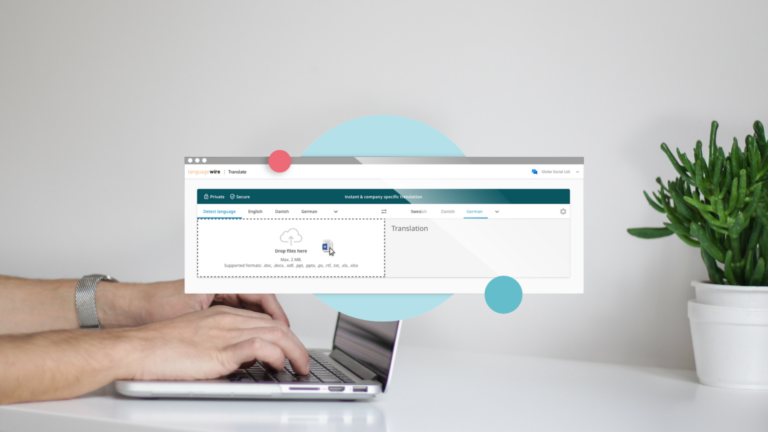The price of a translation is influenced by many different factors and pricing is rarely straightforward. In tendering, it may seem tempting to choose the cheapest quote; however, in the worst case, this is also reflected negatively in the quality of the translation. What actually is a cheap translation and is the cheapest always the best?
Translation agencies come in many shapes and sizes but, in the end, they all promise the same things: high-quality translations and affordable prices. Unfortunately, in many organisations, the mindset is “the cheaper, the better”. The true competition is usually in prices, even though quality is part of the tendering process.
In reality, customers are rarely happy with a translation that is produced at the cheapest price. The final price may easily become higher than expected when a cheaply translated text has to be re-translated by another translation agency. You rarely get a good translation at a cheap price and, in our opinion, tendering should not be based solely on prices; instead, a translation agency should be chosen primarily on the basis of quality.
Translation price
Pricing is influenced, first and foremost, by the content of the service, the word count of the source text, the language pair, the schedule and the file type. The price of the translation service may include proofreading, rounds of corrections and professional service. When organising tendering for translation agencies, it should be ensured that both the price and the quality meet the expectations of the tenderer.
Unfortunately, expert services can rarely be compared straightforwardly. The translation price shown in the quote may not tell you what is included in the service or how the translation service is delivered. One agency may offer an edited and proofread translation for the same price, while another agency may offer a machine translation only. For some, the ordering process is thoroughly automated, while for others the price includes tailored solutions.
How much does quality cost?
It would be easiest to say that good is never cheap. Unfortunately, however, this is not always the case, as good quality largely depends on what the customer expects from the translation service. What’s good for one customer could be completely unacceptable for another.
In addition, the customer often has the option of choosing the desired service level. Although, by default, you should always expect a professional agency to produce excellent linguistic quality, the service purchased by the customer may range from a so-called raw machine translation to a copy-edited translation that has been honed down to the last detail.
Translation profitability (ROI)
What do you get with the money you invest in a translation? The internationalisation of a Finnish company inevitably requires translations into at least one foreign language. This language is usually English and it’s certainly a way to get started, but in Europe alone up to 90 per cent of consumers say they prefer products offered in their own language. So, it’s likely that conquering the world requires translations and localisation, i.e. the adaptation of materials, into several languages.
Even after the choice of languages, you should monitor whether the investment in the language version, particularly its maintenance, is profitable. Buying translations is not a one-off expense item: the materials require regular updates, and customer service and marketing in foreign languages is not free. For this reason and because the maintenance of the language version also incurs costs, it’s advisable to keep an eye on translation profitability (ROI) on an ongoing basis and also include costs closely related to the language version, such as search engine optimisation (SEO) or Google advertising.
There are many ways to measure return on investment (ROI) in translations and the maintenance of language versions. Most commonly, the aim of adding a new language version is to attract more customers and sales. Indeed, the buying of translations should always be linked with business objectives. Always consider first why software or materials, for instance, should be translated into a certain language and what are the objectives that are pursued with the language versions.
A translation service is always the sum of its parts
The most important thing is to stop for a moment before making a purchase decision and think about what you are buying and what you expect from a translation service. Then, with the help of background research, find out which translation agencies can best meet your needs. Analyse the agencies’ data security, technology and references. Find out what is included in the price of the translation and what you pay for separately.
If you need certain system integrations to facilitate your own work, look for agencies with suitable solutions. If you need a quick translation agency, focus on turnaround times in tendering. If your top priority is quality, pay attention to quality assurance, service processes and expertise in project management.
In a nutshell: when you know what you want, you usually get what you are willing to pay for. In the end, it’s never just a question of translation, it’s always about the translation service.






